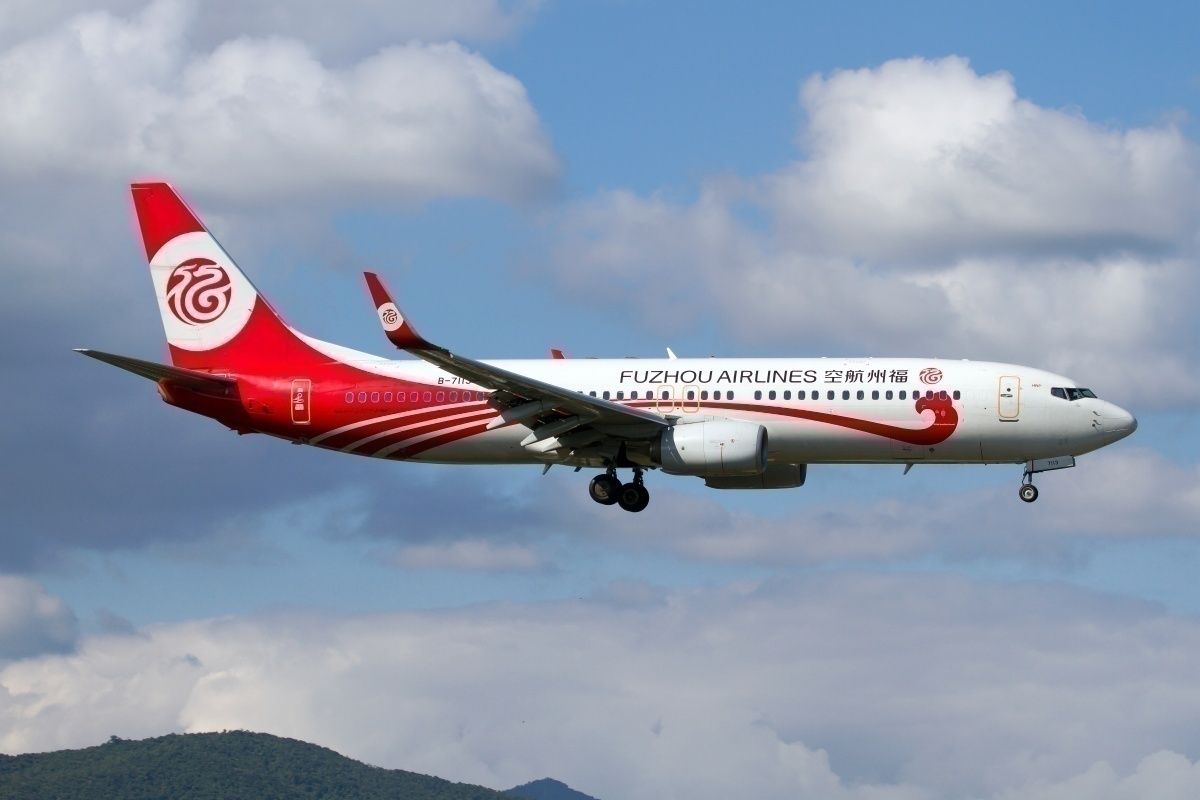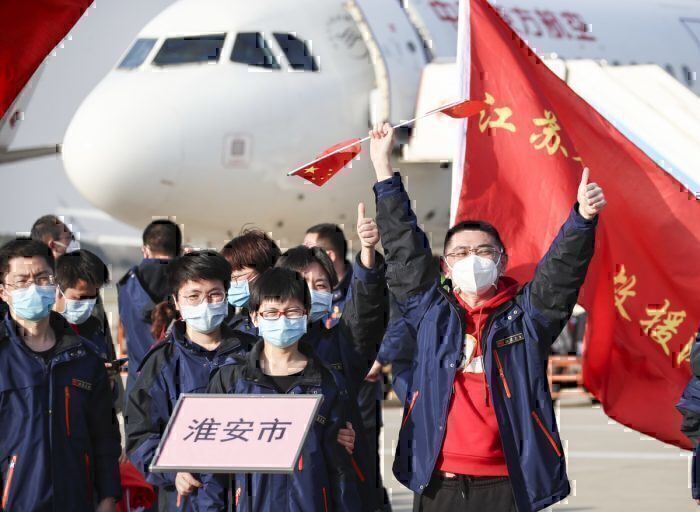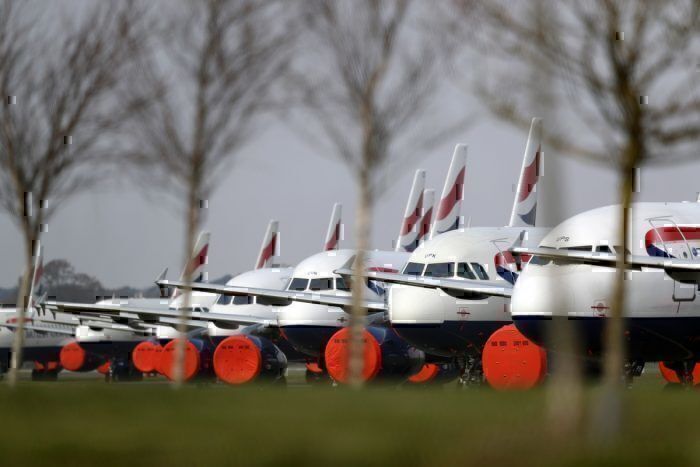The latest data indicates that normal life is making a slow but sure return to China. Airline capacity is increasing week on week and most of the airports, including in hard-hit Hubei province, are reopening for business. Do these tiny sparks of hope give optimism to the rest of the world? Let’s take a look.
Capacity returning to China
For the first time since January, China’s aviation industry is beginning to show the green shoots of recovery. Traffic had begun to pick up again over the last few weeks, and today CH-Aviation reports that all airports in the Hubei province apart from Wuhan have reopened for domestic flights.
Although China has a strong international network, a huge proportion of its travel is domestic. As such, the uptick in passenger services seen across the country is largely limited to these domestic services, as most international flights are still limited by national restrictions both at home and in other parts of the world, not to mention the ongoing slump in demand.
According to OAG, airline capacity around the world is, overall, down by more than a quarter. The latest report for this week shows a worldwide decline of 28.7% compared to the same week last year, with some regions including Italy and Hong Kong down more than 80%.
However, the trend in China is moving steadily upwards for the fourth week in a row. The lowest ebb was in the week of the 17th February, when capacity was down 70.8%. Since then it has begun to increase, coming in at just over 40% down for the first two weeks of March and even less for the latest two weeks.
Week beginning the 16th March, China was down 38.7%. The most recent week analyzed by OAG shows traffic to be down 37.5% - a slow but definite uptick in capacity.
Reopening the airports
According to reporting in CH-Aviation today, all China’s Hubei airports are now open for business; all except the main gateway at Wuhan. This last airport is expected to reopen in just over a week, on the 8th April.
CH-Aviation reports that the first flight to depart from the province was a Fuzhou Airlines service, flight number FU6779, traveling from Yichang to Fuzhou. This flight was operated by a Boeing 737-800 on March 29th.
Some of the other airports that have already opened include Enshi, which was serviced first by Capital Airlines with a flight to Hangzhou. Shiyan Airport saw its first flight also on the 29th, a service conducted by Loong Air to Hangzhou. And Juneyao Airlines had the honor of operating the first flight from Xiangyang to Shanghai Pudong on the same day.
As well as the airports, the authorities lifted the bank on rail services to Hubei on March 28th. Train services to all districts, including Wuhan, have now resumed, and commercial activity in the province is expected to fully resume this week.
The only fly in the ointment is the ongoing ban on direct flights from Hubei to Beijing.
Hope for the rest of the world
The resumption of air services, and more importantly life in general, over in Hubei provide hope for the rest of the world that this current crisis will soon be over. It’s been just over two months since the downturn in air traffic in China, as the grip of the virus took hold. In comparison, the UK is just three weeks into the significant suspension of services.
The only unknown is whether the rest of the world has done enough to contain the outbreak. China was very quick to instigate a strict lockdown, which likely accelerated its return to normality. With European nations only just really getting on board with the lockdown and the US still failing to really implement meaningful measures, the risk is that the crisis could take longer to squash.
What do you think about China’s slow return to normal life? Hope for the world, or not entirely relevant? Let us know in the comments.




